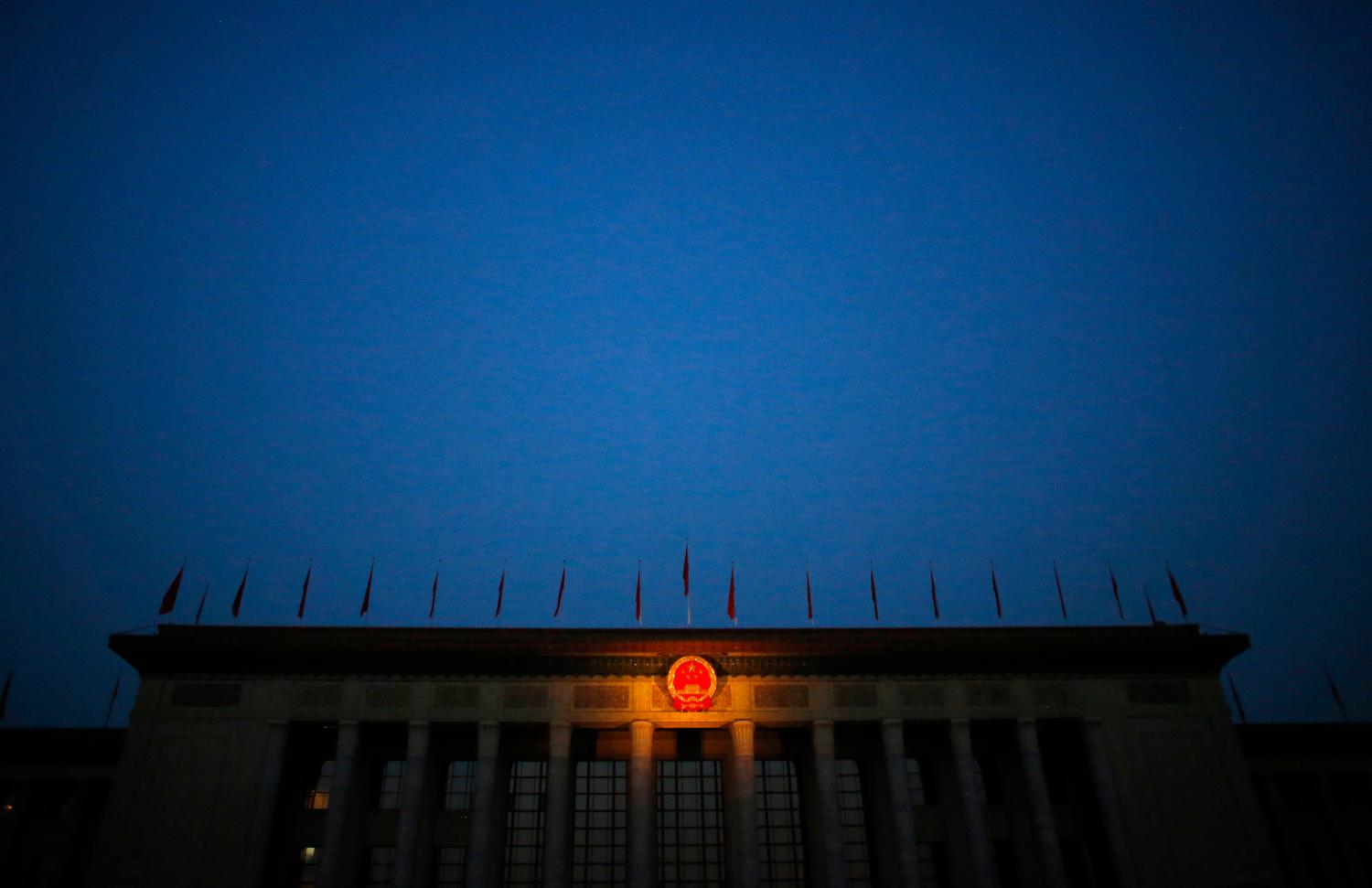Executive summary:
 The United States and China are in a race to deploy fifth-generation, or 5G, wireless networks, and the country that dominates will lead in standard-setting, patents, and the global supply chain. While some analysts suggest that the Chinese government appears to be on a sprint to achieve nationwide 5G, U.S. government leaders and the private sector have been slowed by the local and federal bureaucracies, restrictive and outdated regulations, and scarcity of available commercial spectrum. Added to this are the current national security concerns of Huawei and ZTE, which are integral to the global supply chain for 5G equipment and software.
The United States and China are in a race to deploy fifth-generation, or 5G, wireless networks, and the country that dominates will lead in standard-setting, patents, and the global supply chain. While some analysts suggest that the Chinese government appears to be on a sprint to achieve nationwide 5G, U.S. government leaders and the private sector have been slowed by the local and federal bureaucracies, restrictive and outdated regulations, and scarcity of available commercial spectrum. Added to this are the current national security concerns of Huawei and ZTE, which are integral to the global supply chain for 5G equipment and software.
This paper lays out a three-point plan to accelerate U.S. global leadership in 5G. The three points include U.S. adoption of more flexible and timely spectrum policies, scalable alternatives for 5G equipment, and long-term planning, inclusive of increased research and development (R&D) spending, to plan for and enable future platforms and applications powered over advanced mobile networks. On the last point, despite China’s slight lead on spectrum and equipment, the U.S. can maintain its dominance over innovation, particularly in the applications and software enabled by next-generation mobile networks. But the country must shift the conversation away from catching up with the Chinese government to being more proactive in the planning around 5G to allow for expedient network deployments and a pathway for the quick accrual of the benefits that will arise from their use.
The Brookings Institution is committed to quality, independence, and impact.
We are supported by a diverse array of funders. In line with our values and policies, each Brookings publication represents the sole views of its author(s).





